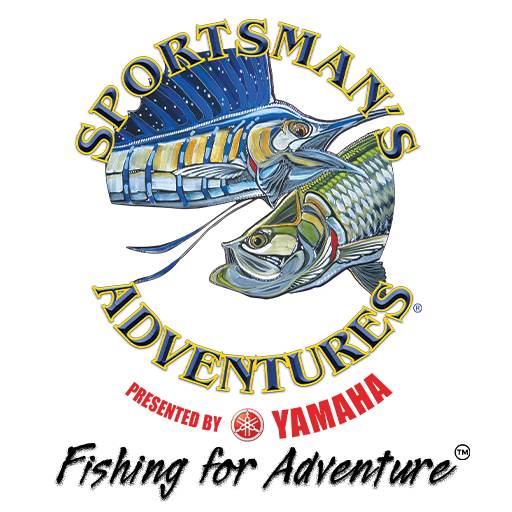TARGETING COBIA IN THE PANHANDLE
Get Your Spinning Rod Out
The cobia bite in the Panhandle is legendary and runs from mid-March through early May, although the entire month of April the fish are swimming strong. We sight fish the majority of the time, usually targeting them within ¼ mile of the beach.
Most of these fish are 30 to 40 pounds; however, it’s not uncommon to find cobia over 60 pounds. Cobia free-swim, either in singles, pairs or a small pod, although last year I found four or five different schools that had 10 or more fish in them. They also hold to big stingrays on the bottom and leatherback turtles. For some reason cobia don’t hold on the loggerheads like they do on the leatherbacks. They really like those black-backed turtles.
When cobia migrate through my area in the spring they travel from east to west, so I know the direction of their travels. This is important when you have a fish spook and dive for the bottom, because you can work your way westward watching for the fish to come back to the surface knowing that the fish is traveling in the same direction.
That means the ideal cobia conditions are a southeast or east wind, because it’s pushing the water in the same direction the fish are moving. Conversely, a west wind pushes water against the traveling fish, so the fishing isn’t as good in those conditions.
Tackle, Bait and Jigs
Most anglers targeting these fish use medium heavy spinning tackle with 25- or 30-pound mainline like Sufix braid and a 60-pound Sufix fluorocarbon leader. Because the fish are often spooky and will go down quickly, the best technique is to have a spinning rod with a ½- to 1½-ounce jig ready to cast to any fish you see, then one or two rods rigged with live baits (live eels are the baits of choice) sitting in a bucket ready to throw to any fish that stay up but deny the jig.
Eels are rigged with 60-pound Sufix fluorocarbon leader and a VMC 5/0 to 7/0 single hook—don’t use a treble hook because the eel will roll up around the hook, get snagged and then be useless as a bait because it is covering the hooks.
The most popular colors on the jigs are florescent green or orange—with chartreuse the most utilized color. Up here, the Ding-a-ling Jig is one of the most popular cobia jigs. When you throw a jig at a free-swimming cobia, you want to try to keep the lure high in the water column so you can see the reaction of the cobia and know whether to speed up or slow down the lures. If you let the jig sink, the cobia may follow it down, and not only can you not see how the fish is reacting, but if the fish doesn’t bite, it might decide to stay down deep and then you never get a second cast at it.
Many of the best cobia fishermen carry a variety of baits in their live well and will trade out baits every few casts until they find what that particular fish wants to eat. Good options are live mullet, vermillion snapper and pinfish, along with whole squid and a blue crab or jumbo shrimp. Show them something different, and eventually you’ll find something it wants. I’ve seen cobia turn down six or seven different premium baits, and then slam the eighth bait like it hasn’t eaten in two weeks.
One last tip for boaters is to never put the boat in reverse or pop it out of gear—the fish just don’t like it, and respond by going down. You can make circles around the fish or veer off and then back in, but the clanking of the motor and change in pitch will make more fish go down than anything.
Tight Lines and Good Fishing,
Captain Rick Murphy
